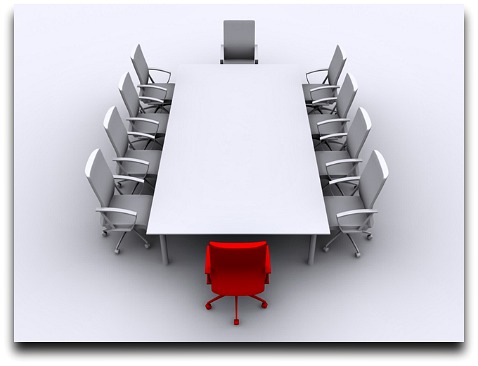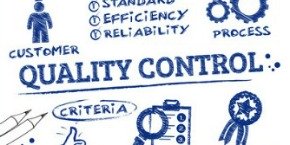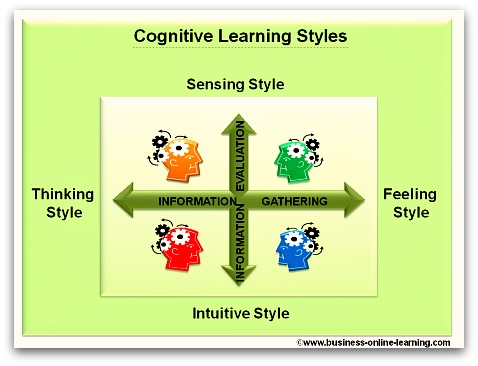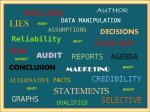Time Management And Work Meetings
Time Management and work - two terms that co-exist with each other. Without efficient approaches to your time management the more time you lose, the more money you will lose and therefore are a risk to any business.
Some Ideas On Time Management And Work
Hold routine meetings at the end of the day. This goes back to the idea of doing routine thinks when your energy is in a low ebb.
Hold short meetings standing up: This avoids unnecessary and time-wasting finding the right position on the chair, the shuffling about, the chit-chat. The “How’s your mother?” as they call it in Ireland. Quick, short and brief exchange of Information.
Meet visitors at the doorway. This is where you can avoid meetings being unnecessarily long by blocking it off at the doorway. It is also a good way of non-verbal communication to stand up and encounter your visitor.
Hold meetings in the appropriate place. It is good to hold a meeting, where practically possible, on the territory of the key person of the meeting. The meeting area should also reflect the atmosphere of the meeting. Top meetings with external partners should be held in the impressive board room.
Before organizing a meeting, ask is it really necessary? Could the next meeting be replaced with a memo, email, report or conference call?
Organize Your Meetings Well
For great time management and work, your meetings should have one or more of the following objectives:
- To reach a decision as a group on policy or for implementation
- To help someone or a group to reach a decisions
- To give advice to another person or group
- To obtain or pool information
- To solve a problem
- To air a grievance
- To generate new or create ideas.
These objectives should be clear to all concerned.
Should any meeting not have one of these objectives, cancel it as it will be a time-waster.
Prepare Formal Meetings Well
If you are inviting people to participate, formulate the agenda with
- The Title: giving the name of the meeting and an explanation what the meeting is about.
- Times: these should be the times when the meeting is supposed to start and an estimated finishing time so members can organize their schedule so they can attend. Set time limits and hold onto them.
- Venue: Attach directions when necessary
- Pre-agenda items: this includes any necessary information or documents needed with the aim of ensuring all members have the same understanding of the topic before they go into the meeting. There is nothing worse than having to explain matters that could have been dealt with beforehand or to sort out conflicts arising because of misunderstandings.
- Main Agenda Items: These should be numbered and given a brief, descriptive title with a sentence or two explaining the topic.
- Any supporting papers should be numbered and listed with the Agenda Item.
Running The Meeting
Start your meetings on time.
Demand, where possible, from your participants that they are effective participants in the meeting. This means
- They should arrive on time
- They should have read all the papers connected to the meeting
- They should have prepared for the meeting, especially their own contribution so that it is factually correct, well structured and well delivered.
- That they have familiarized themselves with the procedural regulations when attending formal meetings.
Stick to the agenda – and keep minutes of the action items decided upon with timing and accountability.
Listen carefully to the discussion and try to ensure all views get a fair hearing.
Present and demand solutions not problems.
Summarize when decisions are reached – and move on. Summarizing helps to clarify what has been said and gives everyone the chance to amend the summary if they felt something has been left out.
Keep a balance between constructive discussion and the need to give all items on the agenda sufficient attention. One trick is to place your watch on the table to let others know gently that time is becoming an issue!
Deal With Conflict By
- Restating the issue. Often conflict comes from misunderstandings.
- Do not allow yourself to be provoked.
Go To The Top Of Time Management And Work Page














 My name is Martha and I have worked for over 30 years in various aspects of business and in various countries, right around the world.
My name is Martha and I have worked for over 30 years in various aspects of business and in various countries, right around the world.